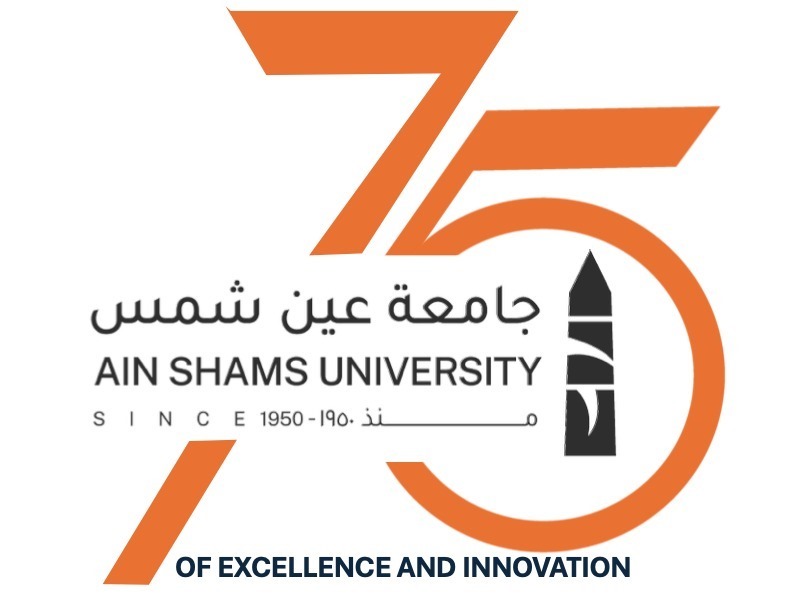Applied Entomology Diploma
2021-10-24Ent. 511 Pest Management, Resistance of Insects to Insecticides and Chemistry of Pesticides
(a) Pest Management: Development of insect pest measures - Side effects of wide spread of chemical insecticides - Principles of insect pest management - Guide lines for insect pest management programs - Control measures applied in IPM programs - Advantages and limitations - Management of cotton pests.
(b) Resistance of Insects to Insecticides: Resistance to insecticides: Definition of toxicity and its types - Definition of insect resistance to insecticides - Cross resistance - Vigor tolerance - Mechanisms of resistance to different groups of insecticides - Countermeasures for resistance involving the use of insecticides - Studies of insecticide resistance in the laboratory: Selection technique - Genetical techniques - Determination of the genotype.
(c) Chemistry of Pesticides: Classification of pesticides- Chemistry of synthetic pyrethroids -Relation between chemical structure and toxicity - Metabolism of pesticides (activated metabolism and degradation metabolism): Oxidation (dealkylation - sulfoxidation -hydroxylation - side chain oxidation) - reduction - dehydrohalogenation - injugation - hydrolysis - Formulations of pesticides-Methods of application.
Ent. 512 Ecology, Biostatistics and Computer Science
(a) Ecology: Introduction to insect population dynamics - Absolute and relative population densities - Factors regulating population density - Factors affecting natality and mortality and their estimation - Biotic potential - Population growth and population fluctuations - Population dispersal - Internal distribution patterns.
(b) Biostatistics and Computer Science: Binomial and normal distributions – Tests for means, Variances and Properties – Wilkinson two sample test – Goodness of fit and test for independence – Analysis of variance – Computer programming language – Excel and power point – Statistical applications in Maple.
Ent. 513 Insect Transmission of Phytopathogens, Transmission of Animal Diseases by Insects and Acarina and Techniques
(a) Insect Transmission of Phytopathogens: An overview of plant diseases transmitted by insects and a brief history - Insects as vectors of phytopathogens - Adaptations of insect vectors of phytopathogens - Types of insect - transmitted phytopathogens - Non-microbial diseases - Microbial diseases: bacterial, viral, fungal, protozoan and nematodan - Essay.
(b) Transmission of Animal Diseases by Insects and Acarina: General introduction to medical and veterinary Entomology - Methods of disease transmission - Classification of arthropoda - Medical importance of groups of minor importance - Classification and structure of diptera - Experimental transmission of diseases - Experimental infection methods - Vector effectiveness – Arthropod - Transmitted pathogens: protozoa, helminths, bacteria - Vertebrate hosts – Reservoirs - Control of arthropods of medical and veterinary importance, structure and classification of order acarina (ticks and mites) - Suborder ixodida (ticks) – Biology, structure and identification - Families ixodidae (hard ticks) and argasidae (soft ticks) - Identification keys to families and genera - Medically important genera and species - Introduction to mites: biology, structure and identification.
(c) Techniques: Introduction - Types of microscopes: Light-contrast-electron and scanning microscopes - Microscopic preparations for light, electron and scanning microscopy – Fixation –
Dehydration – Embedding – Sectioning – Staining – Mounting - Special techniques: handling unicellular and multicellular organisms - Culturing microorganisms on artificial media (activation and inhibition).
Ent. 514 Field and Laboratory Practices
Laboratory practices and field visits covering: testing different stages of selected species to an insecticide - drawing Lc – P lines and determination of different levels of acute toxicity -Solving genetic problems concerning the inheritance of insecticide resistance - Laboratory rearing of a mosquito, house fly, sand fly and cockroach - Examination of different stages of a malaria parasite - Leishmania strains - Flora of the gut of the house fly - Preparation of specimens for study by the light and electron microscopes - Special techniques: handling unicellular and multicellular organisms – Culturing microorganisms.


.svg)
